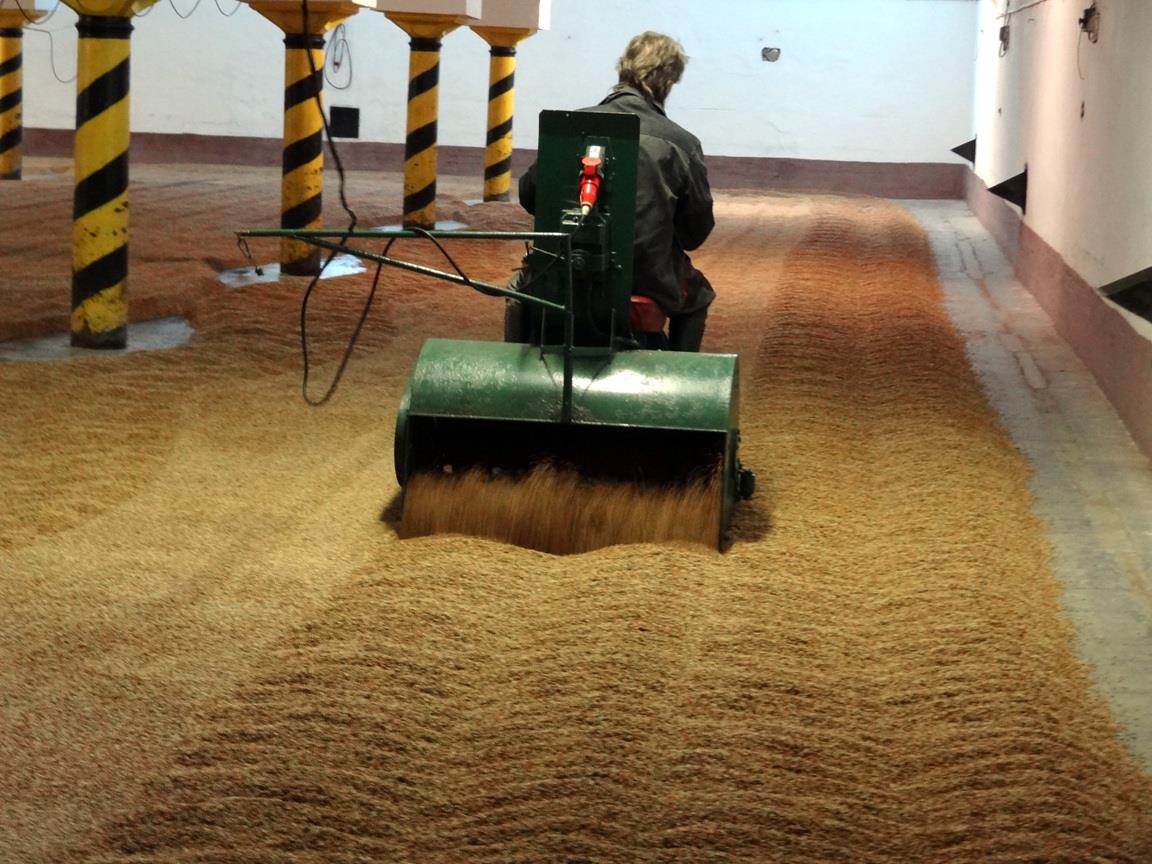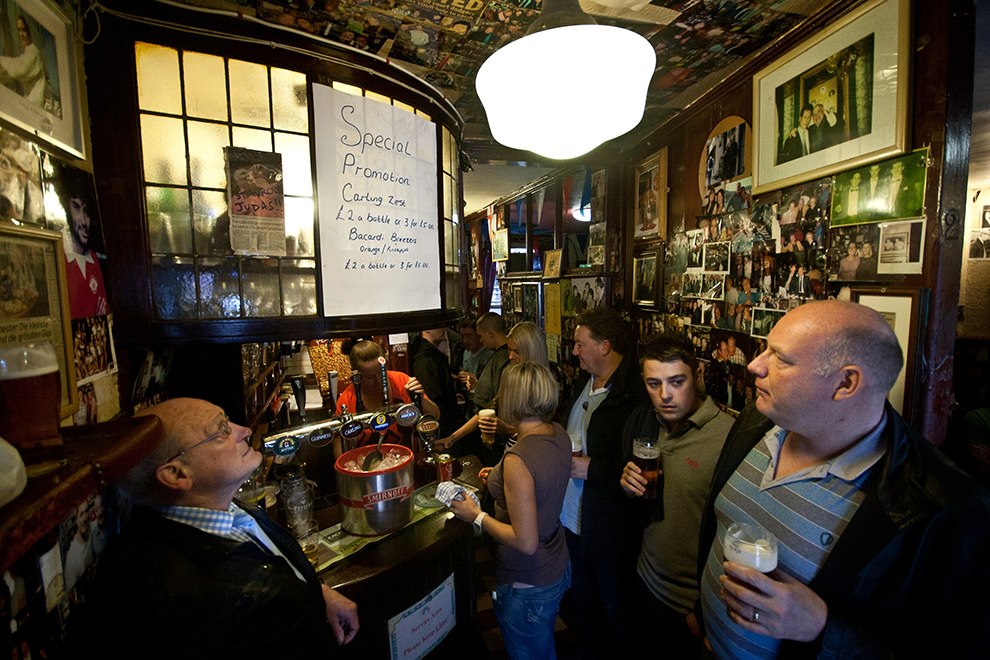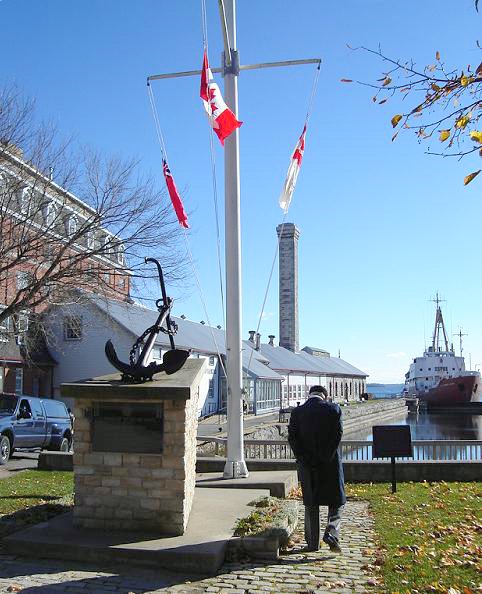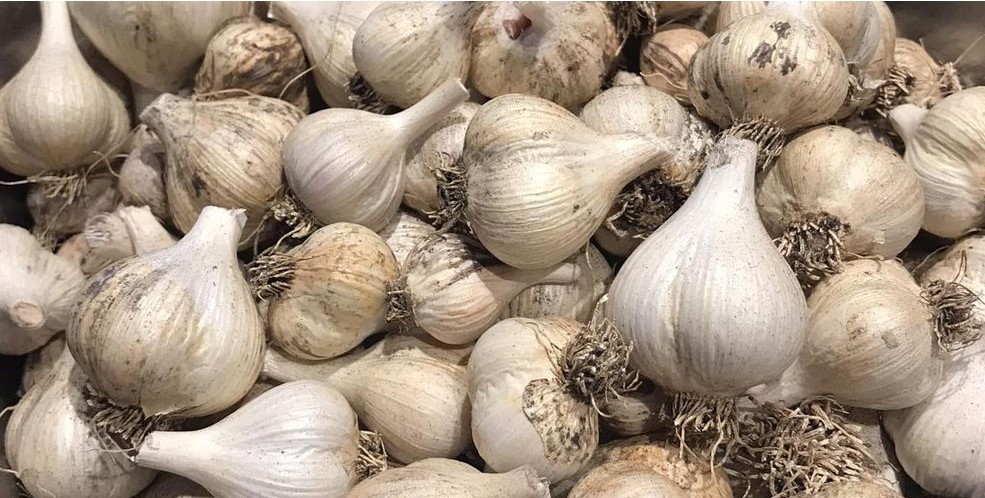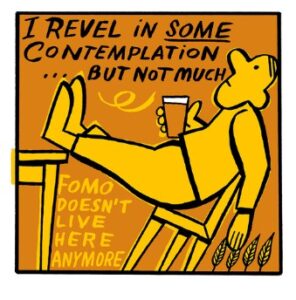 Can we call these the dog days of winter? The evil cousin of August’s dullest days? Storms and snows came this week with a keen intent this week putting the end of a rather warm and grey winter. Six weeks to March. Just about. Just six. I can do that. I hope I can. But how? Where to start? Well, Will Hawkes published the January edition of his newsletter London Beer City and reflected on a slightly surprising positive effect of the pandemic that he thinks he is seeing:
Can we call these the dog days of winter? The evil cousin of August’s dullest days? Storms and snows came this week with a keen intent this week putting the end of a rather warm and grey winter. Six weeks to March. Just about. Just six. I can do that. I hope I can. But how? Where to start? Well, Will Hawkes published the January edition of his newsletter London Beer City and reflected on a slightly surprising positive effect of the pandemic that he thinks he is seeing:
…amid this gloom something interesting has happened: I think London’s best pubs are as good as I’ve ever seen them. Covid-19 has done a lot of funny things to London hospitality – not least Heineken’s increasingly iron free-trade grip, a grip currently manifesting itself in a mini-Murphy’s revival – but one is the impact it’s had on our attitude to pubs. We missed them, and, as a recent Evening Standard list demonstrates, we’re keener than ever to celebrate the best ones – where hospitality, warmth, a sense of historical continuity and an unfussy approach to good drinks are the norm. After Covid, drinkers understand better this is what makes a good pub. Even service, that persistent bane of the London pub-goer, appears to have improved in our best pubs. Martin Taylor, pub-goer extraordinaire, wrote in December that “Pubbing in London is brilliant, and I can honestly say both the beer quality and the friendliness have got better since Covid.”
The Tand, no stranger to pubs, wrote about another sort of surprise he’s learned about:
Hot on the heels of me writing about the difficulties some pubs are facing, causing them to operate on reduced hours, I read with a degree of astonishment that the number of applicants to run pubs is running rather high at the turn of the year. It seems January is the peak time for this optimistic attitude, with, according to the good old Morning Advertiser, numbers up by over 50%. As the MA puts it,“New year, new me.
Martin found another critical factor in the sucess of a pub in these troubled times – brownness – as exemplified by the Royal Oak in Royal Tunbridge Wells:
I’d rather pay a premium for a top pint, and the symphony in brown that is the public bar is worth a quid of your money. That table of six was generating some proper banter. “Jane was standing there with her rolling pin“ “She should get off her ass and get down that catwalk“. Sorry, no context for Jane’s theatrics. In the back bar, billiards ruled.
Oh and one last thing as Jeff described found in a pub – others like you:
Mid-session, two of us found ourselves waiting in that orderly line. As you do, we struck up a collegial conversation with two women in front of us that lasted until they reached the front of the line. In an inversion of typical cultural norms, in drinking establishments it’s almost considered rude to ignore a stranger you’re standing next to. Bars encourage people to forge momentary social bonds, which make them quite special in a country where mistrust is increasingly the default position. In bars, you look for common ground, usually finding it through a joke or two.
So warmth, a convivial crowd with welcoming staff and keener management wanting their jobs and lots and lots of brown? Is that all it takes? What ever form it takes, it sure sounds good to me here stuck inside in the land of slush.
But apparently things are not good for everyone as the bad news for good beer (and allegedly good beer) has continued into the new year. Closings, sell offs and temporary renovations that just never quite end are all around us. We hear those damn kids are too damn sober, no doubt further turned off by drunk uncle’s bad language. Heck, even Uber is eating a $1,000,000,000 investment in an alcohol e-commerce delivery platform. But, if you think about it, those who spun on the way up are now just spinning in the other direction as we face the unravelling. Consider the situation at the makers of that 2007‘s special bottle in the stash, 3 Fonteinen: “It is with deep sadness that we announce that we are saying good bye to part of our team…” Sounds like a retirement party invite. Bummer. More so if it was 15 years ago. But is this the critical point:
Not to kick a brewery when they’re down, but I never warmed to 3 Fonteinen. Sky-high prices for product that I often didn’t think warranted it. They seemed happy to pursue a cult following, which is another way of saying small and of dubious economic viability.*
Me, I’ve been recommending less expensive gueuze for (soon enough) coming on twenty years. With 3 Fonteinen up to $15 bucks for a half bottle around these parts – when you can find it – I am quite content to pick up Timmermans when I am out and about for as little as half that price.
Speaking of the ghosts of hype past, here’s a name from the past – Mikkeller! Remember them? Been years, right? Bear with me as this takes unpacking. Well, just like they asked beer buyers to run through all their spare cash back then, it appears – background care of Kate Bernot in GBH back on New Years Eve 2021 – that they had taken the business model to heart and had found themselves short on dough. So they sold off some of the family silver – maybe:
What this multimillion-dollar infusion from Orkila means for Mikkeller—a global beer company with dozens of locations worldwide—is made less clear by the company’s ownership structure. In a 2018 analysis, Good Beer Hunting found dozens of different companies had been formed over the years, each with varying degrees of ownership in different bars or businesses under the Mikkeller banner. This expansive network is presumably necessary given the company’s different owners, partnership structures, and the many countries in which it does business. At the time, Bjergsø described the number of companies he owns around the world as “more than 25.”
I say “maybe” (having stirred the corporate law pot a bit in private and public practice) because with a nutso corporate model like that who know what was bought for what – and who know who’s left in charge! As far as the “presumably” goes, sounds to me like someone along the way met a clever corporate lawyer who knew a clever corporate accountant. And then they went to work on Mikkeller. It is all a lovely opportunity for holiday second homes for consulting business professionals. And perhaps it is happening again. Anyway, now over two years later Jessica Mason for The Drinks Business seems to now have had more luck finding folk to speak on the record** as well as off the record, too, to explain what’s really been gone on behind the scenes since then:
Speaking to the drinks business, Mikkeller CEO and founder Mikkel Bjergsø, said: “We can confirm that Carlsberg has acquired a 20% stake in Mikkeller. Carlsberg has bought the primary stake from our current co-owners, Orkila.” The sale, which was made for an undisclosed sum, has been rumoured by insiders close to the scene as a significant amount, but nothing compared to the amount that Carlsberg offered for the entire Mikkeller business. According to industry sources: ““Carlsberg offered DKK1 billion (£115 million) for the lot [but] the US company which owns 49% weren’t prepared to sell their shares just yet… the insider hinted that “regardless, Mikkeller becomes a Carlsberg brand” and “Mikkel walks away with a big wedge and still owns shares”.
Carlsberg! So… a frankly tired brand with a confused corporate structure, likely fleets of professional consultants and a lot of baggage is being taken over effectively by a big brewery no doubt care of a carefully crafted shareholders’ agreement. See, shares aren’t equal if the shareholders’ agreement makes some more powerful than others.
Note: before there was Boak and Bailey there was…
And I was a bit surprised by comments related to the UK government not offering beer in diplomatic settings as I am pretty sure that was not the point about this story on the government’s wine cellar:
The report in The Guardian on the UK government’s wine cellar was published on Thursday after repeated delays. It showed that 130 bottles were consumed during the year to March 2021, while a further 1,300 were drunk during the year to March 2022. The consumption was a drastic drop compared with the 3,000 to 5,000 bottles of wine and spirits usually consumed in a year as the government scaled back its activity during lockdown and the lack of international travel. The cellar is meant to “provide guests of the government, from home and overseas, with wines of appropriate quality at reasonable cost”. But a large amount was still spent during the Covid crisis on topping up reserves. From March 2020 to 2021, £14,621 was splashed out on 516 bottles of red bordeaux wines, costing about £28 each.
What the report in The Guardian misses is that for 12 or 13 years, the government wine cellar has largely paid its own way. How they do that? Mine doesn’t! But by selling of some of the old stock that’s been selected and stored since 1908 of course – as the government report itself explains:
The first sales from the cellar stock took place in March 2012, delivering a £44,000 return to off-set the 2011 to 2012 purchases of new stock, which totalled £48,955. The difference was covered by additional funds paid back to Government Hospitality by other government departments for work under-taken on their behalf. Between 2011 to 2012 and 2018 to 2019, the cellar was self-financed through sales and additional funds paid to Government Hospitality for work under-taken on behalf of other government departments. Sales were not possible in 2020 to 2021 due to the outbreak of the coronavirus pandemic in February to March 2020. Sales resumed in 2022 to 2023 and we anticipate further sales during 2024
What an excellent government program! Self-supporting, generous as well as prudent. And, as was pointed out, Bordeaux averaging £28 a bottle is pretty savvy buying. Oh – and no one wants ancient cellared beer at the diplomatic reception. Except if it’s a beer trade association lobbying effort. Speaking of Bordeaux, The Beer Nut went a visiting and tried the beer:
Bordeaux was not as I expected. My assumption was that a city so closely associated with one particular product, one which has an arcane and highly-specified quality control procedure, would be a bit of a monoculture as regards food and drink. Far from it. There is a vibrant, varied, multiethnic food scene, although of course high quality French food is very easily come by. And the wave of microbreweries that began to sweep the country a decade ago is very much in evidence here too. Though the city is easy to get around, beer places tend not to open until later afternoon, and several were taking an extended January vacation, so what follows is a very far from comprehensive guide to the Bordeaux beer scene.
Far less tempting but even way more surprising for the fact that it is extremely odd to be asked to read about the drinking habits of Russian and Belarussians without any real mention of, you know, the frikkin’ genocidal war to explain why the story was published … aren’t tomato beers a pretty clear signal we have entered another sadder phase of post-craft?
The tomato mix includes both puree and ketchup, and it goes into the tank post-fermentation. “We found that using tomato puree solely [gives] us too bitter and sour a taste,” Vasin says. “Adding ketchup to the mix [smooths] things out. We source it in bulk, so it’s easier to use with our volumes.”
Mmm… ketchup. Bulk Belarussian ketchup beer. Newsworthy for sure. I remember when I worked in Poland back in 1991 there was Albanian carrot jam still being sold at the state run grocery store. For more appealing was the news that The New Scientist reported on the make up of Guinness yeast strains this week:
The Guinness strains were also found to produce a specific balance of flavour compounds, such as 4-vinyl guaiacol, which produces a subtle clove-like aroma, and diacetyl, which imparts a buttery taste. The team also found that the two strains currently used by Guinness are descendants of a strain used to brew the stout in 1903… “What is particularly unique and exciting in this work is that the company has quite detailed records on the historical handling of the strains,” says Brian Gibson at the Technical University of Berlin, Germany. “This information could potentially be used to further develop these yeasts or other yeasts used in industrial applications.”
Great point, Brian. Lars took the time to get into a little (…well, a lot…) more detail than that, unpacking and unpacking like… like Lars. And then Martyn jumped in too:
Between 1810 and 1812 alone, the St James’s Gate brewery pitched with yeast from seven different breweries (David Hughes, ‘A Bottle of Guinness Please’: The Colourful History of Guinness, Phimboy, Wokingham, Berkshire, UK, 2006, p69)… according to a writer in 1884: “Mr Edward Purser [one of Guinness’s senior brewers] informs me that yeast from Bass’s brewery at Burton on Trent is extraordinarily active when transferred to Guinness’s fermenting vats in Dublin, but in time its action becomes tranquil, being… modified by the surrounding circumstances and probably by some difference in nutrition.” (Journal of the Society of Arts, London, England, vol XXXII, no 1,659, Friday September 5 1884, p998)
And as we near the end this week, speaking of Guinness, and perhaps nearing his own end if he keeps this sort of behavious up, the tale of “man drinks 81 pints of Guinness“:
A Guinness-mad bloke who went viral for bragging that he downed 81 PINTS in one weekend has shrugged off those who branded him “moronic” for risking his life – claiming he didn’t even have a hangover… The 33-year-old says he began drinking at 1pm on Friday December 29th at his local boozer and continued over the next two days finishing his 81st pint at 9pm on New Year’s Eve – before heading to bed before midnight. Sean said he spent a whopping €400 on beer across the three days and says Guinness is his favourite alcoholic beverage.
Pfft! Try that on thick Belarussian ketchup beer. Finally, Pellicle utterly refutes the notion of the phrase “not a sausage” this week with a story of the links, a personal portrait by Isabelle O’Carroll:
Although pork is an ideal candidate for a sausage (because of its flavourful fat which cures well,) the earliest kinds of sausages tended to be a blood sausage, a plentiful byproduct from the slaughter of animals. The infinite types of sausage that exist attest to the creativity of humans. There are dried types, like the French saucisson or Chinese lap cheong, fermented, such as Italian mortadella or German Bierwurst, and smoked, such as Corsican figatelli, a sausage made from pork liver which is smoked for four to five days. “Chopped or ground up, mixed with other ingredients, and pressed together, meat scraps can provide one of the heartiest parts of a meal—and even one of the most luxurious…”
And so say all of us!!! And now, once again – roll the credits… well, the credits, the stats the recommends and the footnotes. There is a lot going on down here and, remember, ye who read this far down, look to see if I have edited these closing credits and endnotes (as I always do), you can check out the many ways to find good reading about beer and similar stuff via any number of social media and other forms of comms connections. This week’s update on my emotional rankings? Facebook still in first (given especially as it is focused on my 300 closest friends and family) then we have BlueSky (up a nudge to 113) rising up to maybe… probably… likely pass Mastodon (holding at 911) in value… then the seemingly doomed trashy Twex (still at 4,434) hovering somewhere above or around my largely ignored Instagram (hovering at 164), with sorta unexpectly crap Threads (43) and not at all unexpectedly bad Substack Notes (1) really dragging up the rear – and that deservedly dormant Patreon presence of mine just sitting there. All in all I now have to admit my dispair for Mastodon in terms of beer chat and accept that BlueSky is the place in “the race to replace.” Even so and all in all, it is #Gardening Mastodon that still wins but here are a few of the folk there perhaps only waiting to discuss beer:
Alan McLeod | A Good Beer Blog (… me…)
Stan Hieronymus | The Man!
Boak & Bailey | The B² experience
Curmudgeon Ale Works | Jonathon is Brewing
Katie Mather | Shiny Biscuit and Corto
David Jesudason | “Desi Pubs” (2023) author
BeoirFest | They say “Let’s Talk Beer”
Ron Pattinson | The RonAlongAThon Himself
Al Reece AKA Velky Al | Fuggled
Jennifer Jordan | US hops historian
Andreas Krennmair | Vienna beer and lager historian
Beer Ladies Podcast | Lisa Grimm and colleagues
The Bar Towel | Toronto’s chat zone for beer lovers
Chicago Beer Society | Folk in Chicago getting social over beer
Jay Brooks | Brookston Beer Bulletin
Joe Stange | Belgian beer expert, beer magazine editor
Cider Bar | Barry makes Kertelreiter cider
Laura Hadland | CAMRA historian and beer writer
Brian Alberts | US beer historian
Jon Abernathy | The Beer Site
Maureen Ogle | US Beer Historian
Lars Garshol | Norwegian Beer Historian and Kveik Hunter
James Beeson | Beeson on Beer
Carla Jean | MAINER!!!
Thandi Guilherme | Beer Ladies Podcast Co-host
Lisa Grimm | Beer Ladies Podcast Co-host
Roy of Quare Swally | Beery ramblings from Northern Ireland
Rob Talksbeer | Podcaster and Youtuber
Anthony Gladman | UK Drinks Writer
Jeff Alworth | Manna Of Beervana
Northwest Beer Guide | Fairly self explanatory… but not NW Latvia…
Evan Rail | Prague based GBH editor, freelance writer, NYT etc.
Todd Alström | 50% of the Alströms
Jacob Berg | Beer talking librarian
And remember to check the blogs, newsletters and even podcasts (really? barely! This era’s 8-track tapes!) to stay on top of things including the proud and public and certainly more weekly recommendations in the New Year from Boak and Bailey every Saturday and Stan back at his spot for 2024 on Mondays. Look at me – I forgot to link to Lew’s podcast. Fixed. Get your emailed issue of Episodes of my Pub Life by this year’s model citizen David Jesudason on the odd Fridays. And Phil Mellows is at the BritishBeerBreaks. Once a month, Will Hawkes issues his London Beer City newsletter and do sign up for Katie’s now revitalised and wonderful newsletter, The Gulp, too. Ben’s Beer and Badword is back with all the sweary Mary he can think of! And check out the Atlantic Canada Beer Blog‘s weekly roundup. There is new reading at The Glass which is going back to being a blog in this weeks best medium as message news. Any more? Yes! Check to see the highly recommended Beer Ladies Podcast. That’s quite good. And the long standing Beervana podcast . There is the Boys Are From Märzen podcast too and Ontario’s own A Quick Beer. There is more from DaftAboutCraft‘s podcast, too. All About Beer has introduced a podcast… but also seems to be losing steam. And there’s also The Perfect Pour. Plus follow the venerable Full Pint podcast. And the Craft Beer Channel on Youtube and remember BeerEdge, too, and The Moon Under Water… if you have $10 a month for this sort of thing… I don’t. Pete Brown’s costs a fifth of that. There was also the Beer O’clock Show but that was gone after a ten year run but returned renewed and here is the link!
*And… is there really “a big difference between having a private conversation and publishing a statement on a public microblogging website” these days? Gotta think a bit about that.
**See in GBH: “…Madsen declined Good Beer Hunting’s request for a phone interview, and did not address specific questions about the transaction posed to him by email. Orkila Capital also did not respond to a request for an interview…” Gotta love that J. Jonah Jameson tone but the transparency is most welcome.




